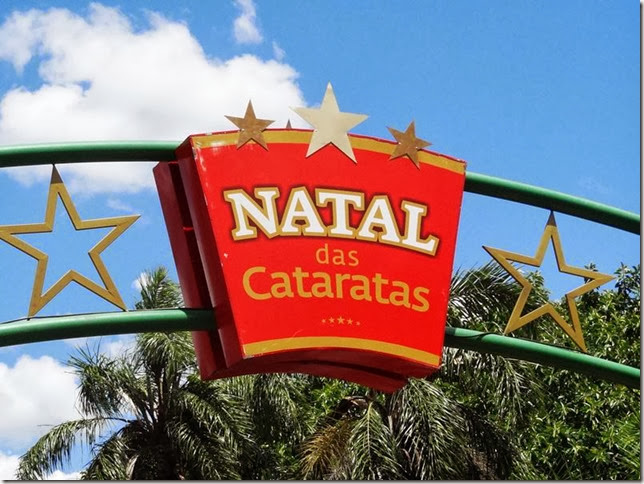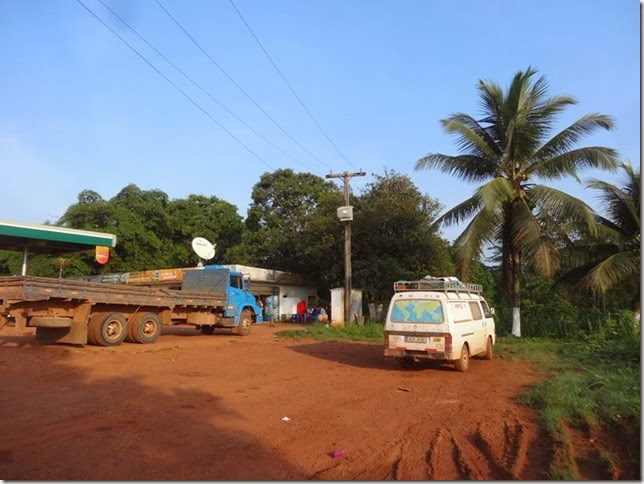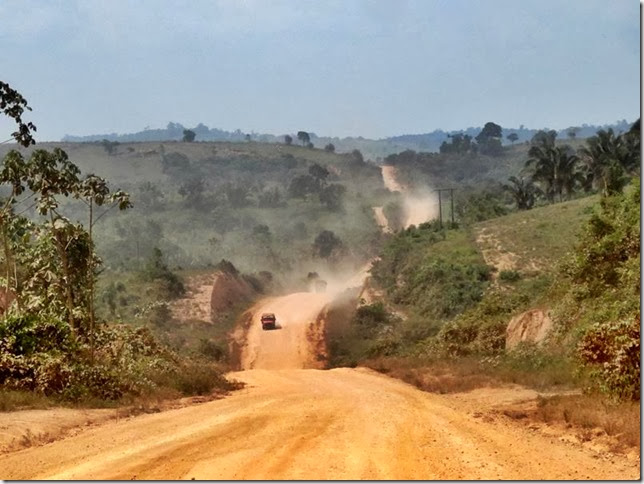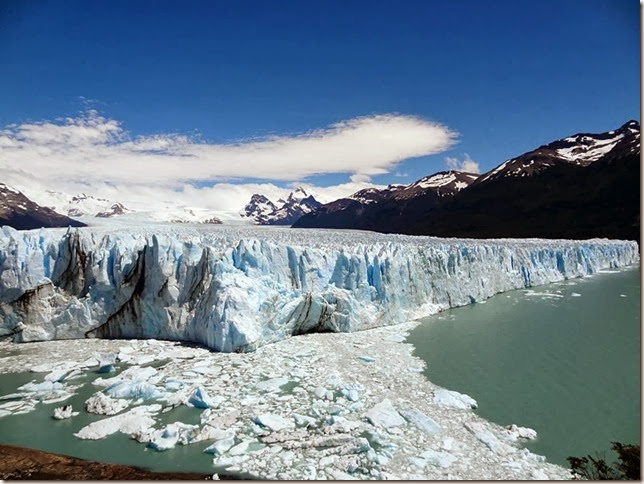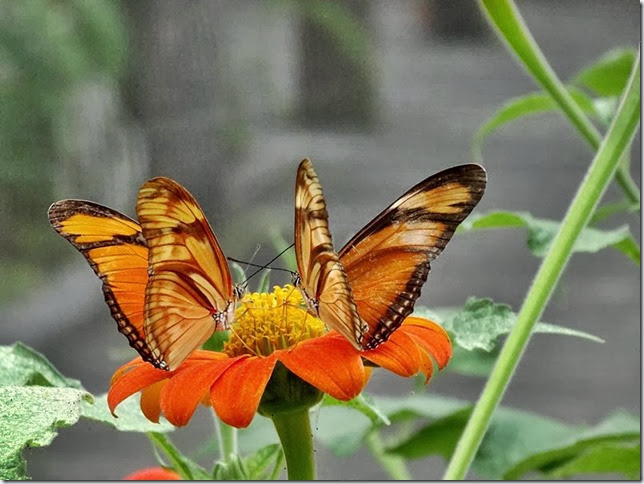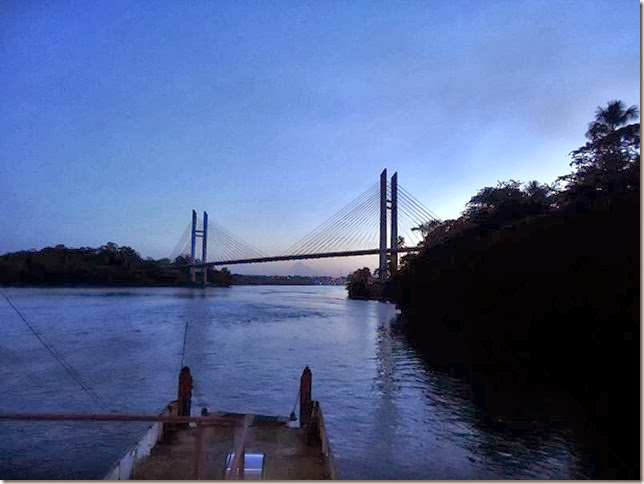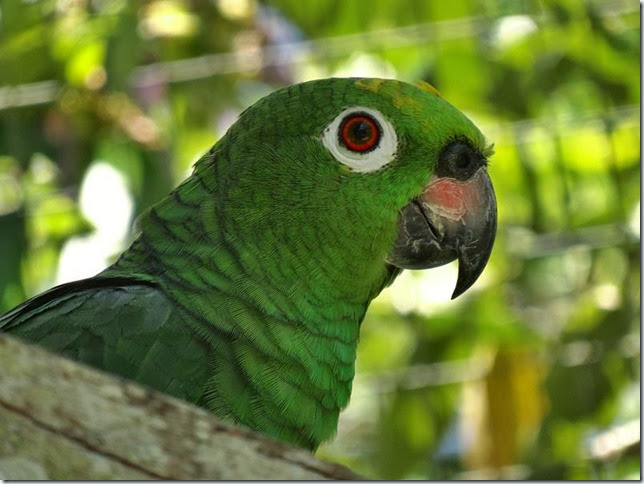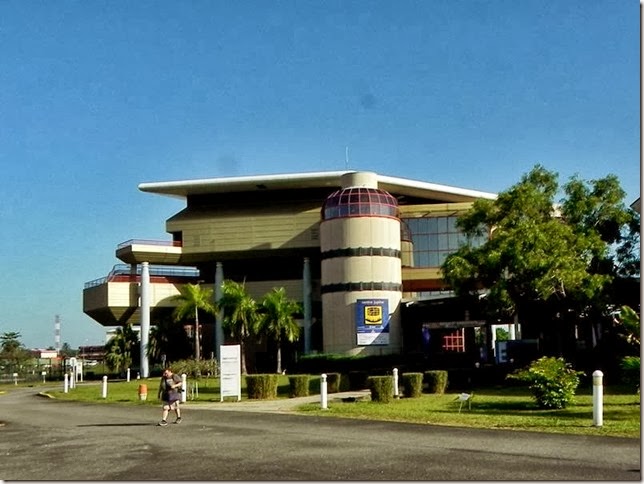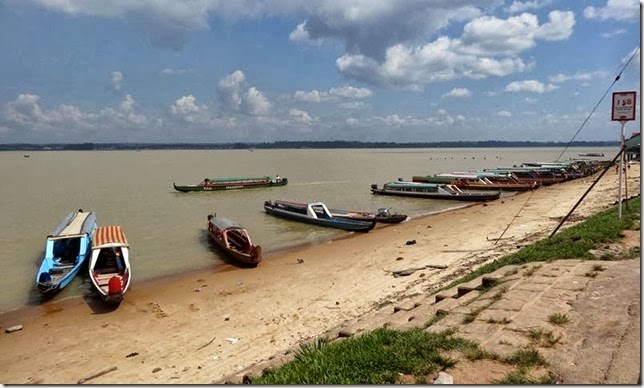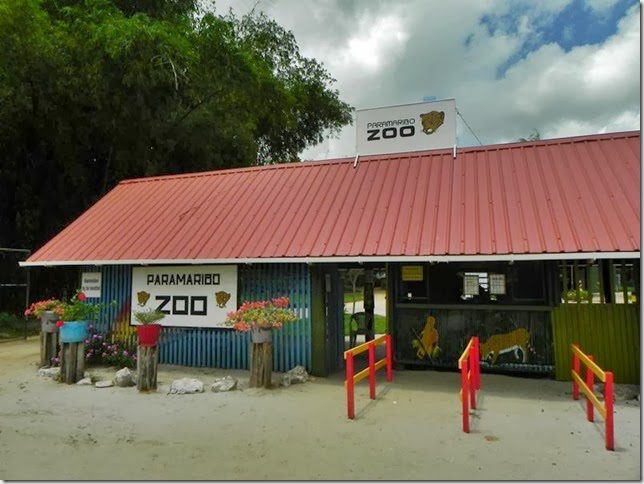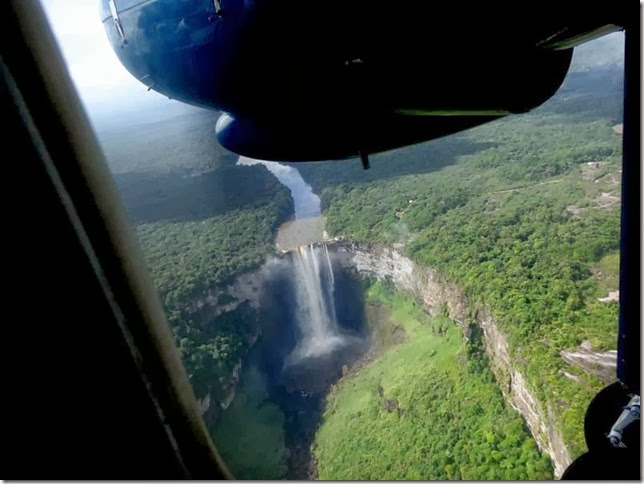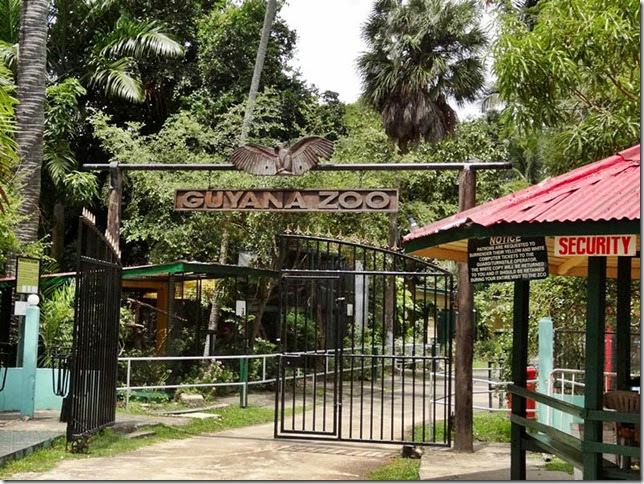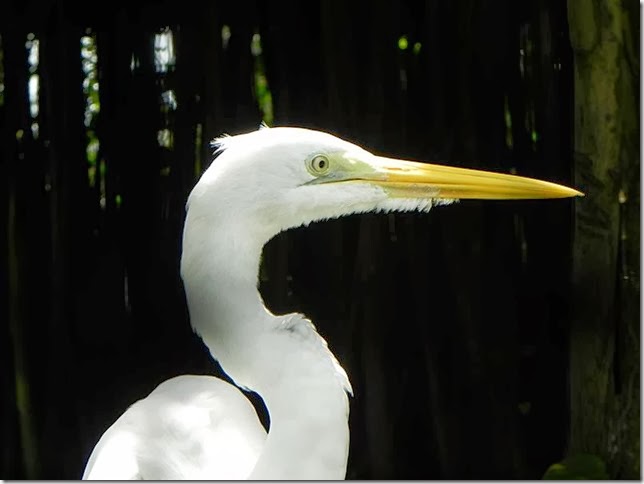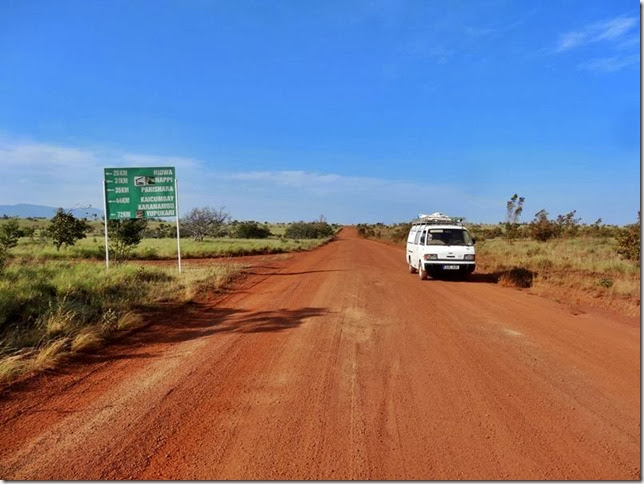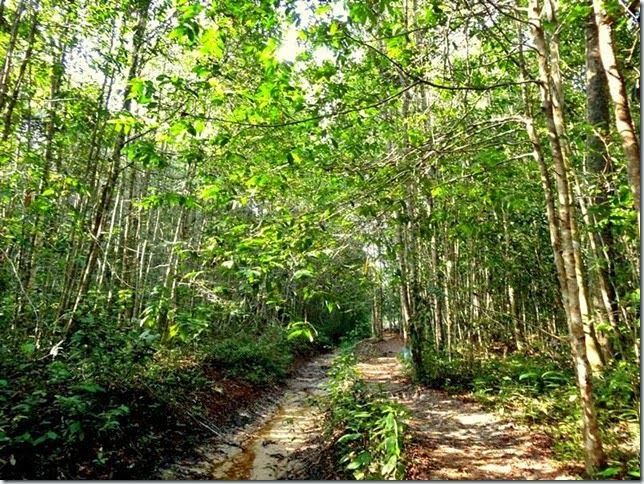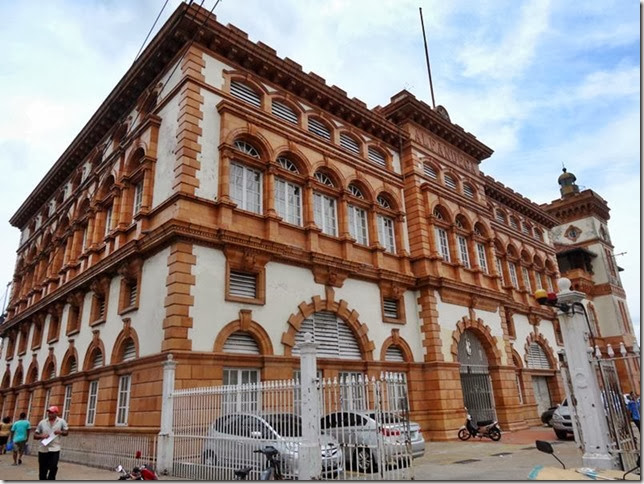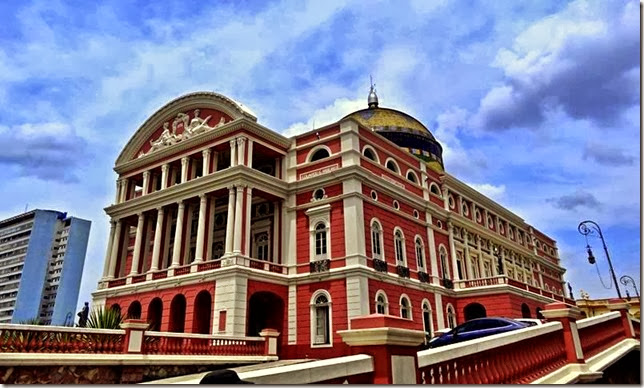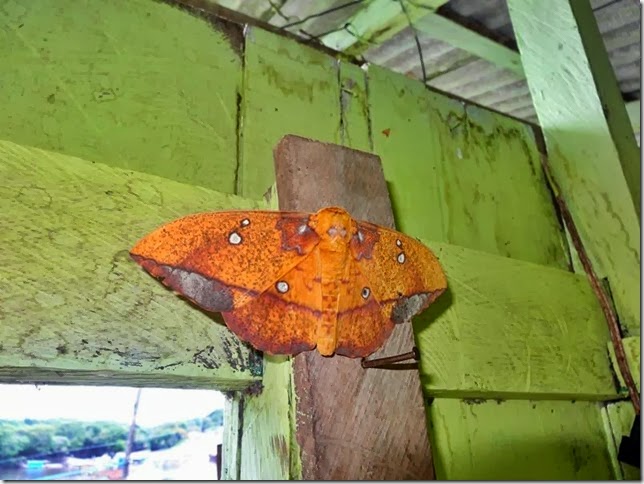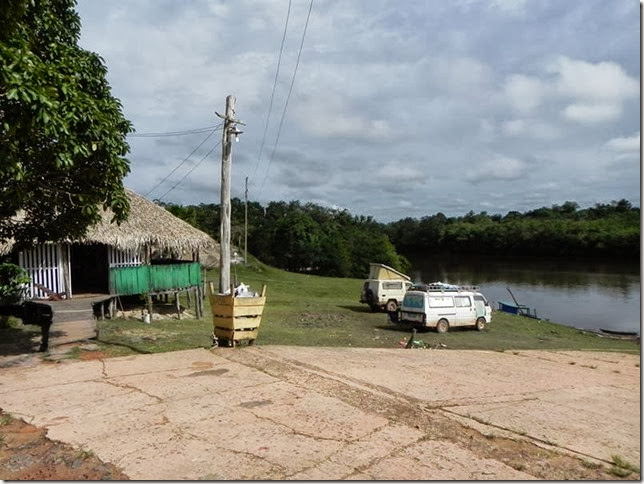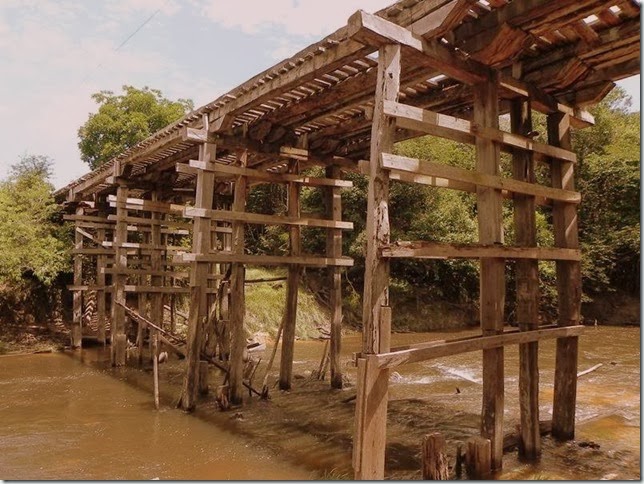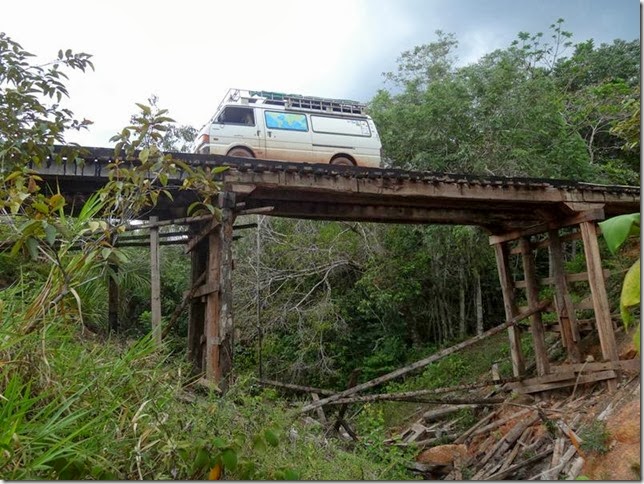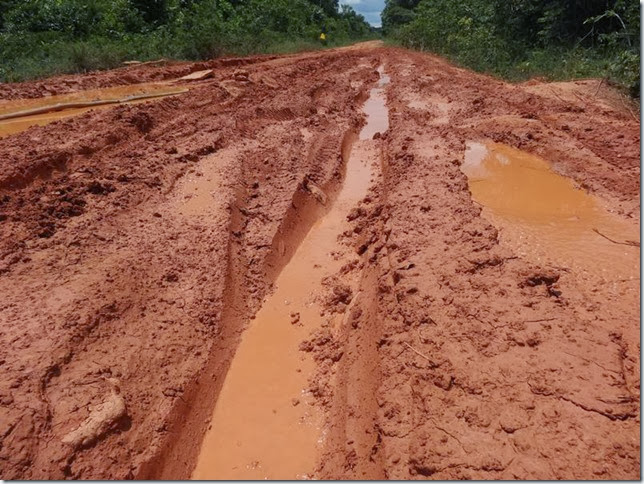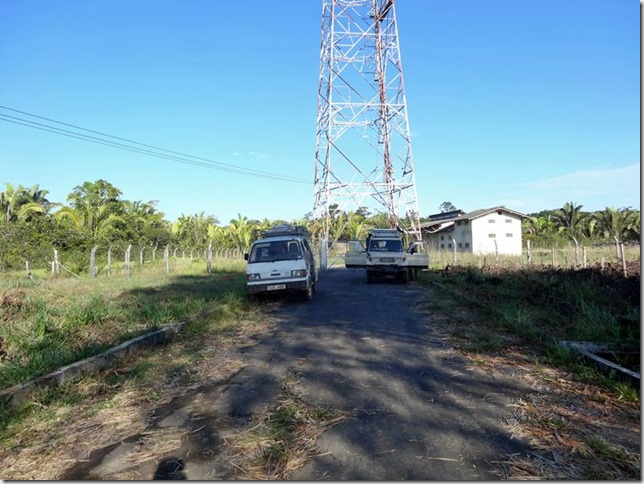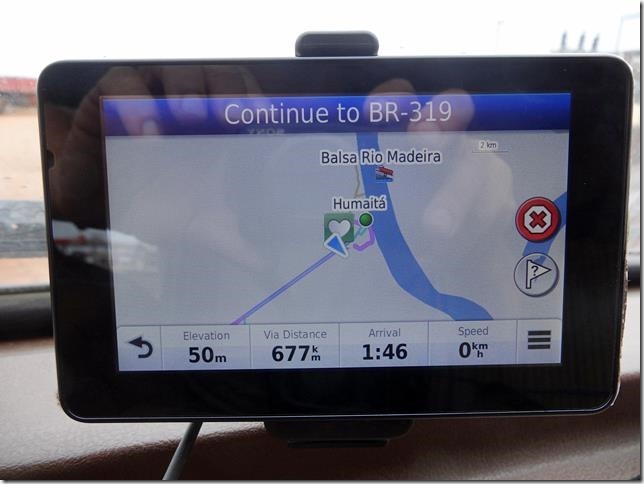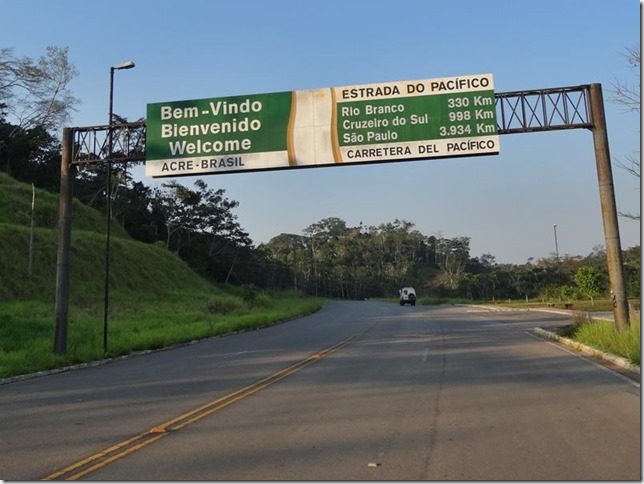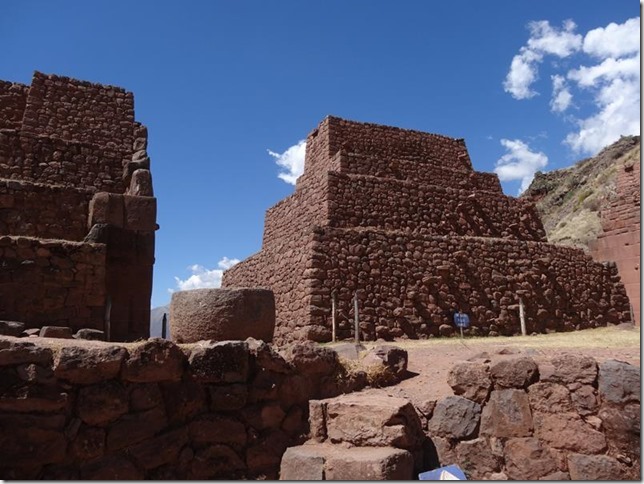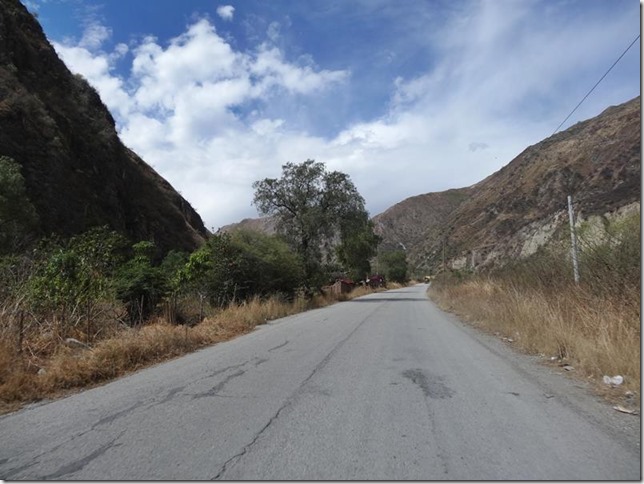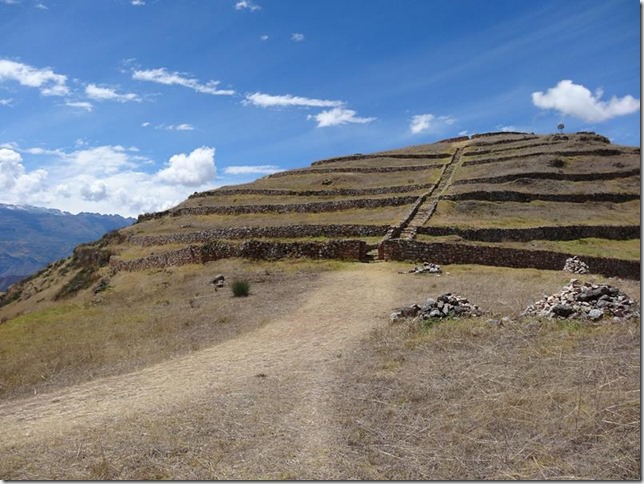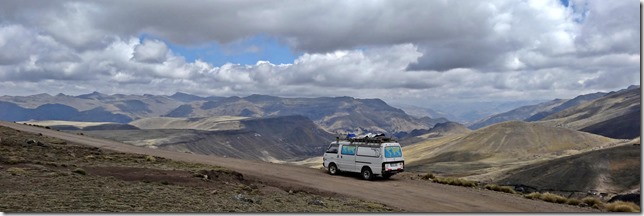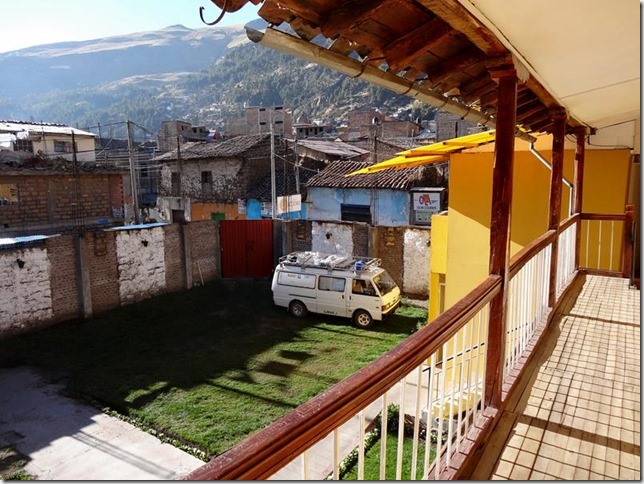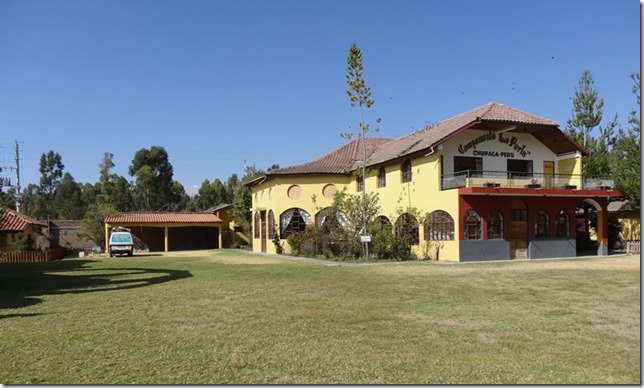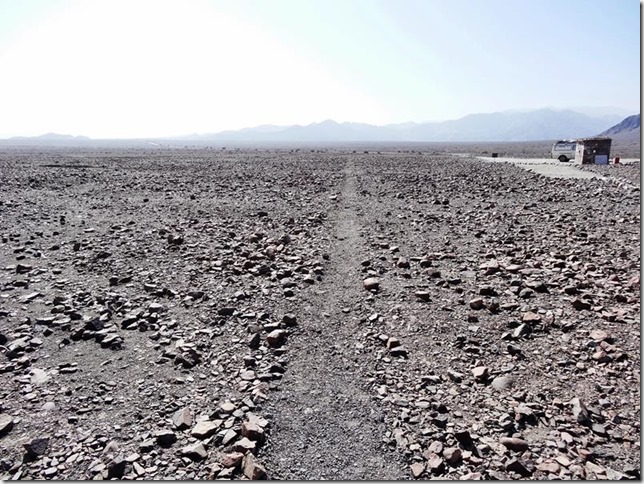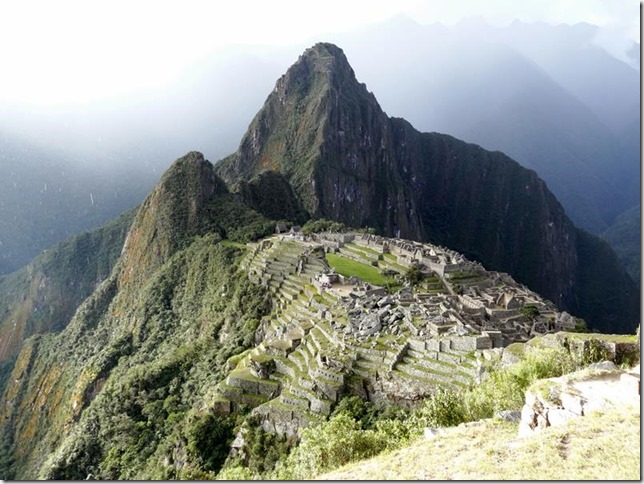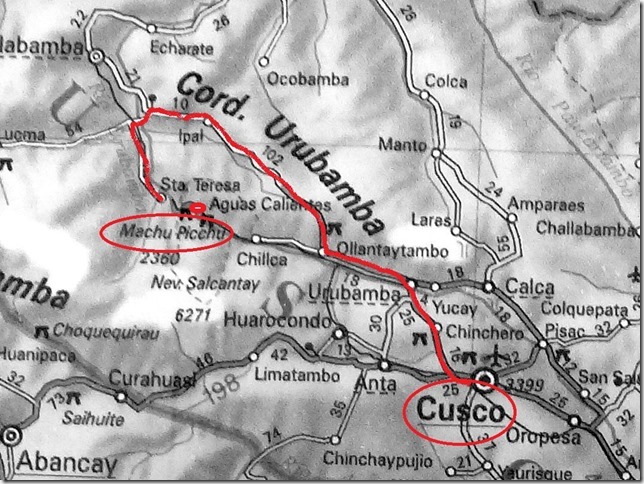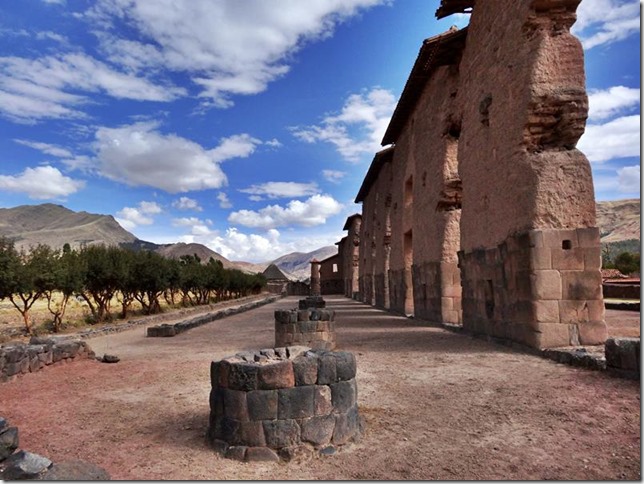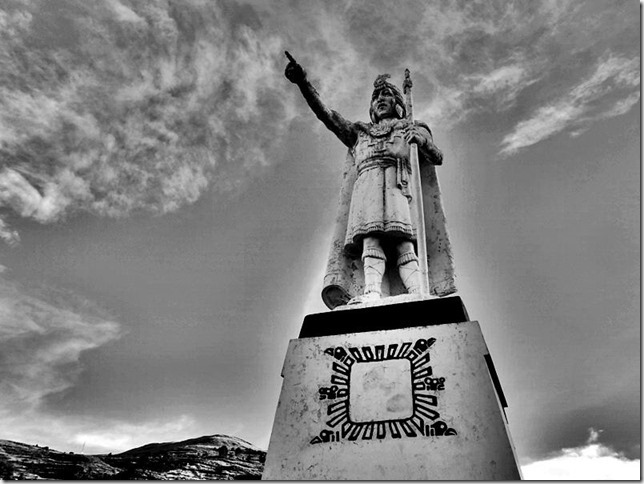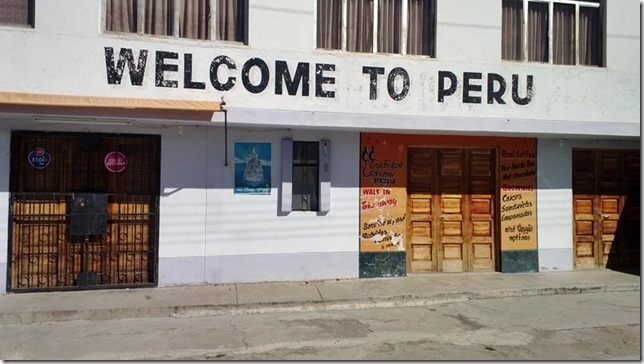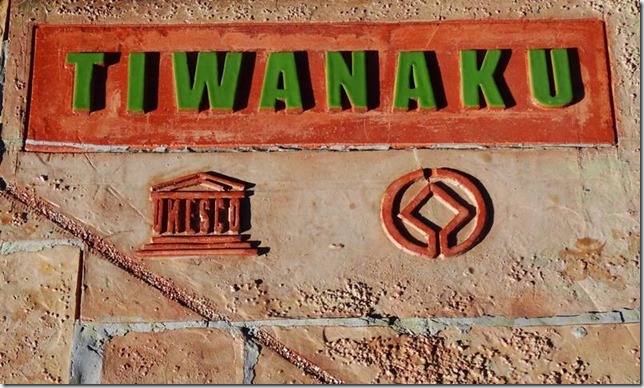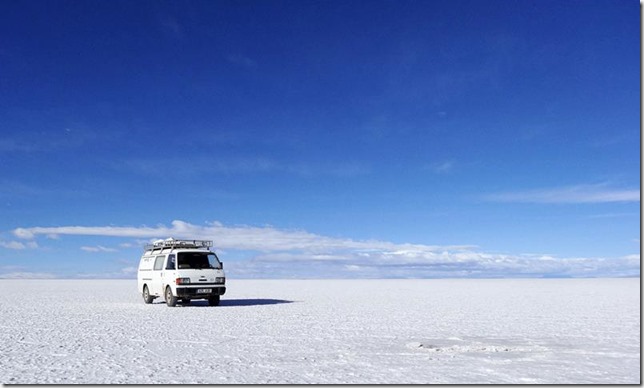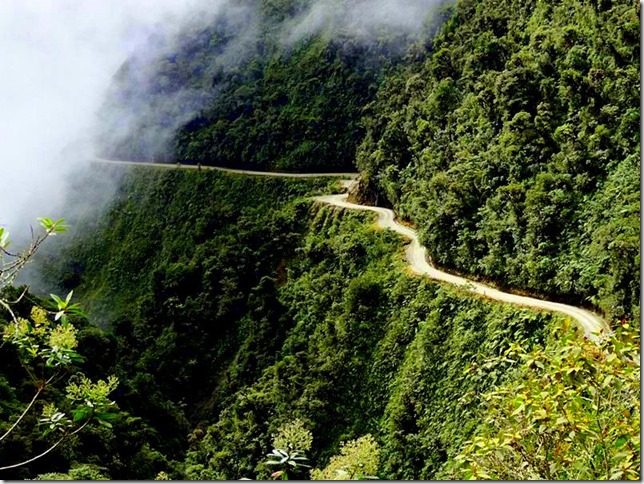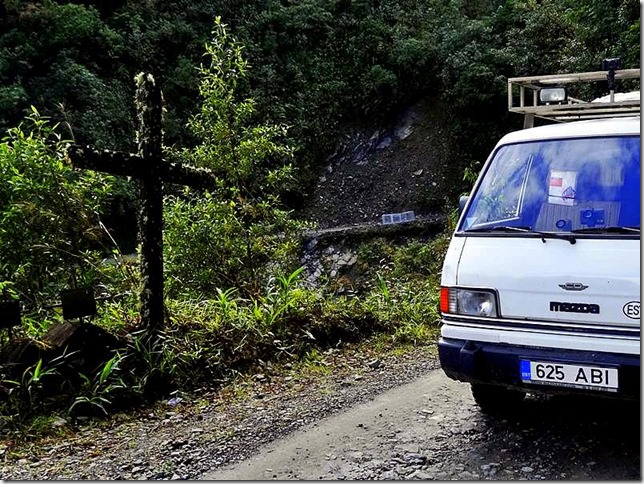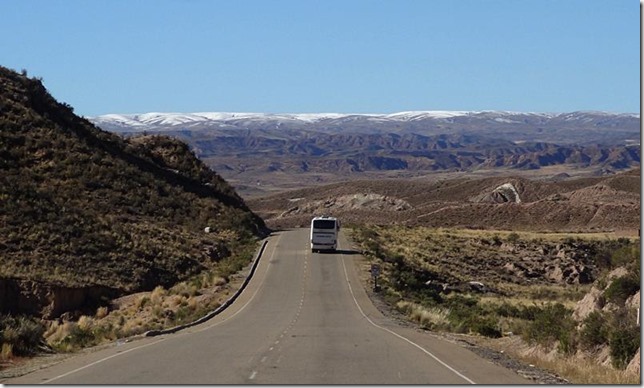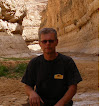13.10.2013 – 15.10.2013
106,923 km since the beginning of the journey
Route: Paramaribo - Albina - St.Laurent Du Moroni - Mana - Aouara (226 km).
In the morning we drive to the French side to find out about the crossing, as there are other travelers wishing the same, as well. Aleksey and Dawen have been traveling in their small Peugeot along South America for a year already.
On the spot, we learn that no special permission for this small barge is nowhere to be got, and it 's not really needed. Customs said that the necessary items are: your own passport and your car passport and the car insurance. And that's just about all. But the crossing will be on Monday and then there will be the second shift at work there, so it is recommended before the take-over to present the documents to them as well.. To make it safer.
On Monday, we'll show the papers to the new officials, and they also confirm that anyone can ride over the river, and of course on your own risk. It is a sensible attitude, no overregulation and everyone is responsible for their own actions.
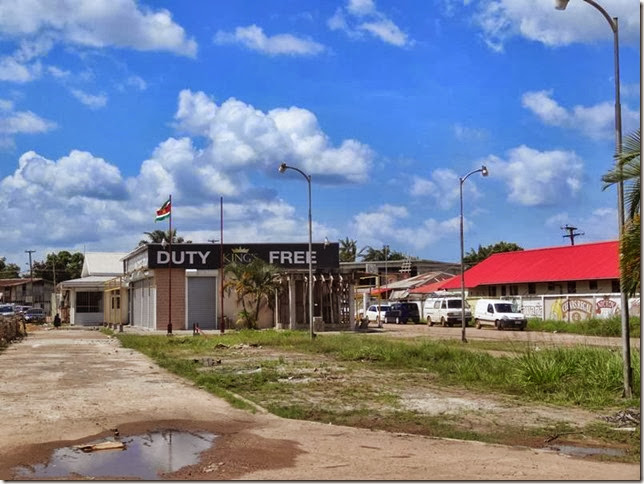
We formalize the vehicles out of Suriname, which means that the customs officer takes temporary car admission papers away. And the border guards add another stamp into the passport.
